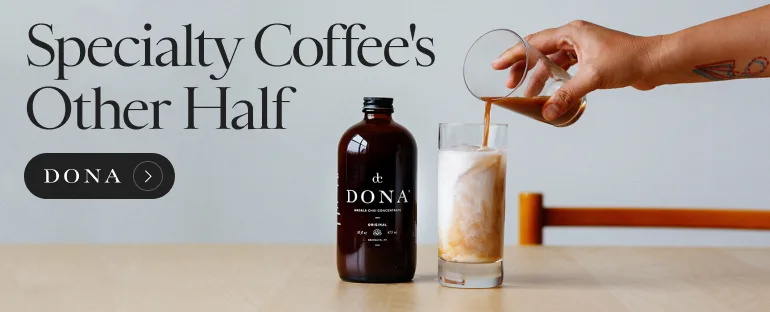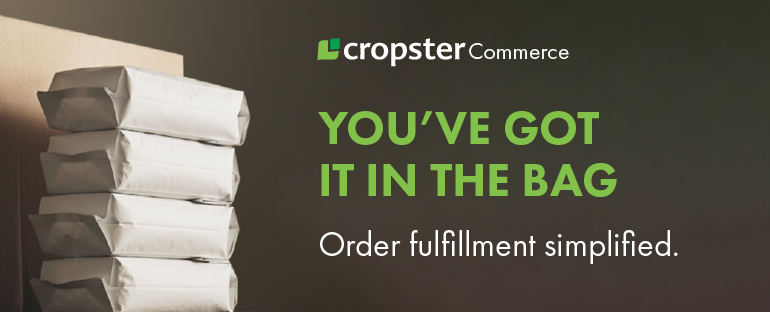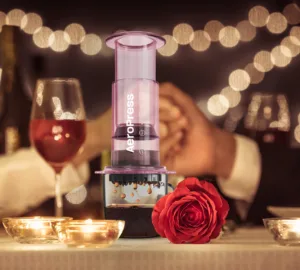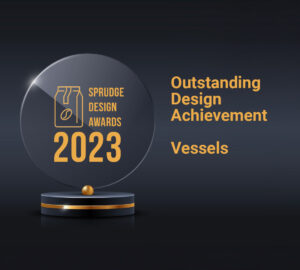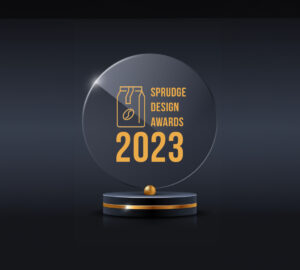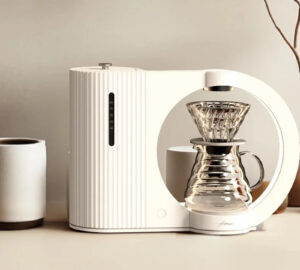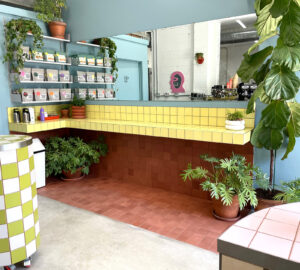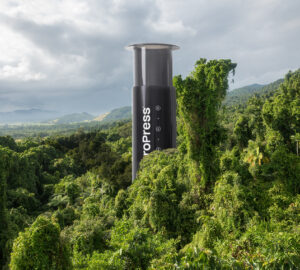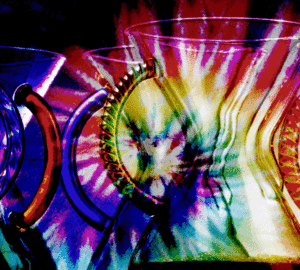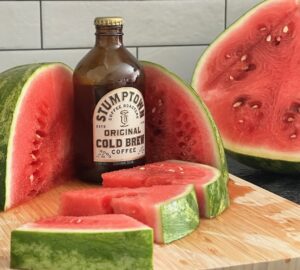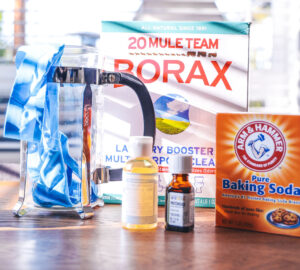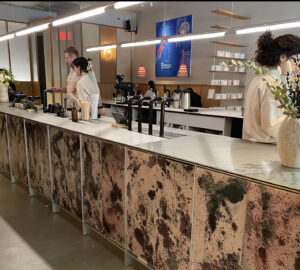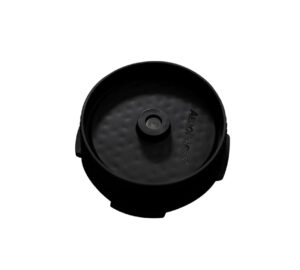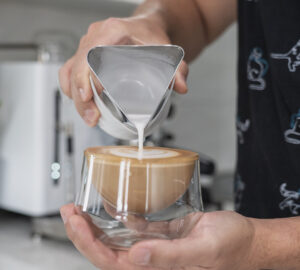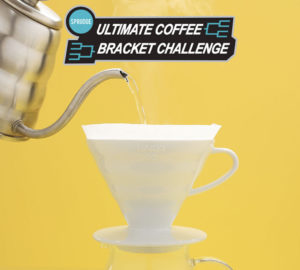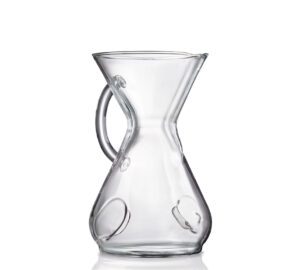So you’ve finally decided which brew method is for you. It’s a deeply personal decision every coffee person must make, and as our Ultimate Coffee Bracket showed, asking which pour-over method is the best like as contentious as asking someone from Kansas City who makes the best barbecue or someone from Texas where to get the best queso. But after much prayer and reflection, you ultimately landed on [insert your favorite coffee maker here].
But picking a brew method is only half the battle; a coffee maker is only as good at achieving your what you want out of a cup of coffee as the filter you choose. For some brew methods, like your typical Mr. Coffee-type coffee maker, there really isn’t much choice; you just grab whatever size Melitta filter fits in there and go (though metal filters are also an option). For others, like the Origami Dripper, there is practically no shape or size filter it can’t take. So what’s the best filter for you? Ultimately, that depends on what you are looking to get out of a cup of coffee. There are a few factors when choosing a filter, and we’re going to lay out some of the major considerations when filter filtering. So let’s dive in!
What is a coffee filter?
In short, the coffee filter’s main job is to allow water to come in contact with ground coffee before separating (or filtering, duh) the brewed liquid from the grounds. Depending on your chosen brewer, they can be conical in shape for brewers like the Chemex or the v60, flat bottom for the Kalita Wave and most automatic machines, or disc-shaped for AeroPress and siphon methods. Filters can be made of anything from paper to metal to cloth to even nothing at all, and they all will change the end result in the cup.
Generally speaking, it’s a good idea to stick with filter shapes designed for the brewer—I’ve used a flat bottom filter in a conical brewer in a pinch, and it made coffee, but it was hardly ideal—but if you’ve got the time and wherewithal, feel free to experiment! Who knows, maybe you’ll stumble upon something amazing.
There are two main factors when choosing a coffee filter: cup profile and ease of use. Let’s take a look at how the different filter materials stack up.

How does the filter affect cup profile?
This is perhaps the greatest factor to consider when choosing a filter; who cares how easy a filter is to use if you don’t like the way your coffee tastes? In general, the larger the holes in your filter, the more body the cup will have. This is because the larger holes allow more oils and solids to pass through, giving the coffee a weightier mouthfeel. Materials like cloth and metal are going to shade more towards allowing more of these through. On the other end of the spectrum are materials like paper that don’t allow nearly any oils through. Paper filters can produce cups that are generally described as “clean” or “light” or “delicate” even.
Even within these categories exists a spectrum. Metal filters could be anything from a mesh screen to laser-etched, down-to-the-micron precise hole sizes and patterns, with the latter coming closer to that of its paper counterpart while still allowing some oils to pass through. Even paper filters aren’t created equally; the overall thickness of the paper plays a huge roll. V60 filters, for instance, use a thinner paper than the Chemex, which is something like three times thicker. This means that the thicker Chemex filter is going allow the least oil and solids to get through. The Kalita Wave, the other major paper filter pour-over device, shades closer to V60 than Chemex in terms of filter paper thickness.
Going from heaviest to lightest, the coffee filter material spectrum is this: mesh filter, cloth filter, laser cut metal filter, thin paper filter, thick paper filter.

What makes a filter easy to use?
There are two considerations when determining a filter’s ease of use: consistency and setup/cleanup time. A filter may make the same great cup time after time with a more significant margin of error but may require 10 minutes of setup/cleanup and vice versa. Your desired involvement and error tolerance could determine your desired filter.
In general, filters with larger holes tend to more consistently produce the desired result better than the finer ones. There are a few potential explanations as to why. For one, paper filters, especially thicker, Chemex-style ones, are more finicky and prone to clogging. Small variances in how you apply water to the brew bed—how fast you pour, where on the brew bed you concentrate the pour, etc.—can have drastic effects on the overall brew time and potentially the final outcome. Another potential explanation for discrepancy is consistency is simply the aims of the different types of filters. Paper filters are more adept at pulling out the more delicate flavors in coffee than their mesh, metal, and cloth counterparts, which do a much better job of creating a more full-bodied cup. (This isn’t to say you can’t get a nice florality from a metal filter, just that it isn’t necessarily where this style of filter typically shines.) Those delicate flavors are can be hard to produce and easy to screw up, making for somewhat a higher bar for the paper filter to clear to achieve its goals.
When it comes to setup/cleanup, the paper rules the day; just pop it in your coffee maker and go, and when you’re done, you just throw them away. Metal and cloth filters are all made to be reusable—which is great—but this also means you have to clean them. Metal filters are more easily cleaned with a quick rinse after use while cloth filter require a lot more work, perhaps even a full-on hand washing or trip to the washing machine. And for cloth and metal filter users looking to reduce as much as possible the sludgy dregs from their cups, a bit of coffee ground preening may be necessary. Grinders are essentially indiscriminate crushing machines. They try to provide uniformity in particle size but it’s all but impossible. Very fine particles are still going to be created in the grinding process that can slip through the more porous filters, creating the sooty gunk that settles at the bottom of your coffee (and hopefully not in your mouth). These micro-particles can be removed pre-brew with a sifter—the Kruve makes a good sieve for home use—but that can be time consuming if not a touch wasteful.
There is some debate as to whether or not you need to rinse your paper filters before brewing with them; some say it is necessary and some say it wastes water (I rinse mine and use the water to feed my plants, making it a moot point, and I do the same with the now-nitrogren-rich water I use to clean my brewer). But, if you are using a natural/unbleached paper filter, you should give it a rinse first. This will help remove the cardboardy taste it can impart.
On the note of eco-friendliness, the edge has to be given to the reusable filter here. Part of the paper filter’s ease of use comes from its disposability. A good metal filter could last you years but a paper filter’s lifecycle is about five minutes. Now, the environmental impact of the paper filter can (and should) be mitigated by adding it to the compost, but for a variety of reasons this isn’t always a viable option, so the reusable filter still wins out.
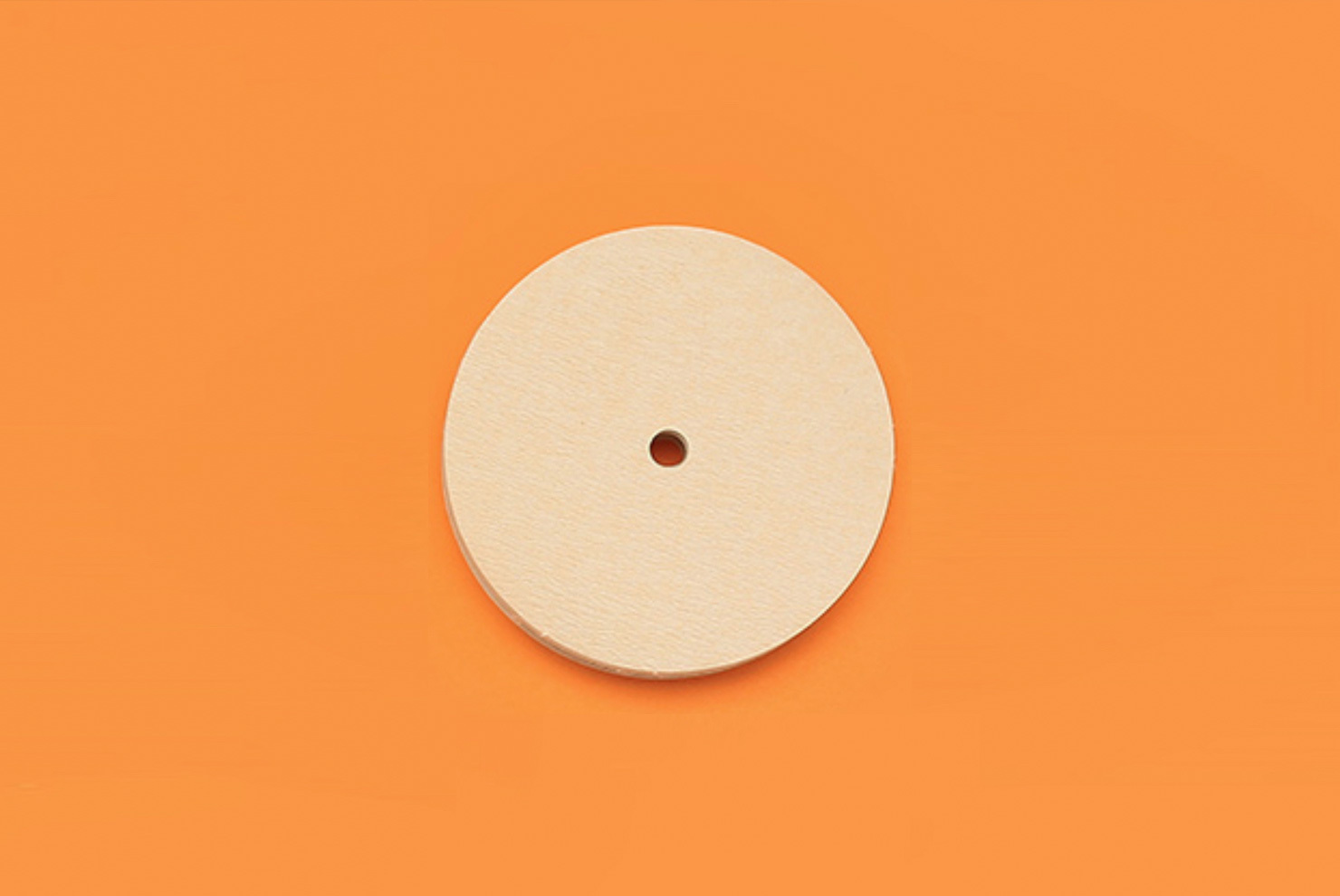
What are my options?
Hopefully by now you have a better idea of what sort of filter you want to use with your brewer, but what options are out there on the market right now for your particular coffee maker? Here are a few worth considering:
Cloth Filters:
The CoffeeSock offers a reusable alternative to paper filters that are said to last around a year each. The CoffeeSock comes in shapes suitable for use with either conical or flat bottom, Kalita-style brewers.
Metal Filters:
Able Brewing has an entire line of metal filters for a variety of devices: the Kone (Chemex, Ratio Brewer, Moccamaster, and most other large format conical brewers), Kone Mini (V60), and the Disc (AeroPress).
AeroPress users looking for a metal filter finer than the Disc may want to consider the Ameuus. The Ameuus has a hole size around 30 microns, which is around five to 10 times smaller than other metal filters on the market.
Paper Filters:
Standard filters for the Hario v60, AeroPress, Kalita Wave, and Origami Dripper are all generally of a light-medium weight paper and are all readily available at most coffee re- and e-tailers.
Chemex filters fall on the thicker end of the spectrum.
For those looking for thicker paper options for flat bottom drippers, notNeutral’s GINO filters have a bit of additional heft. Or, if you are feeling experimental, trying doubling up on the thin paper filters. That way, you can try it out before committing to purchasing a full stack of filters.
Zac Cadwalader is the managing editor at Sprudge Media Network and a staff writer based in Dallas. Read more Zac Cadwalader on Sprudge.














